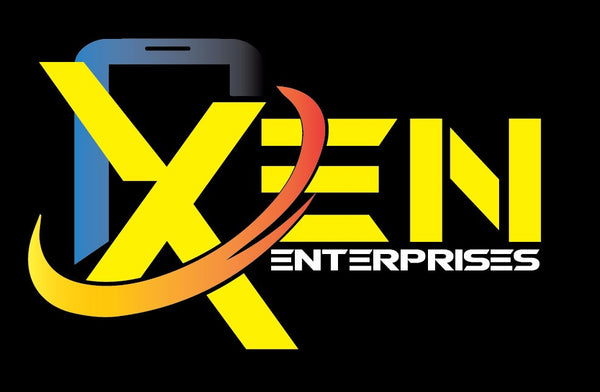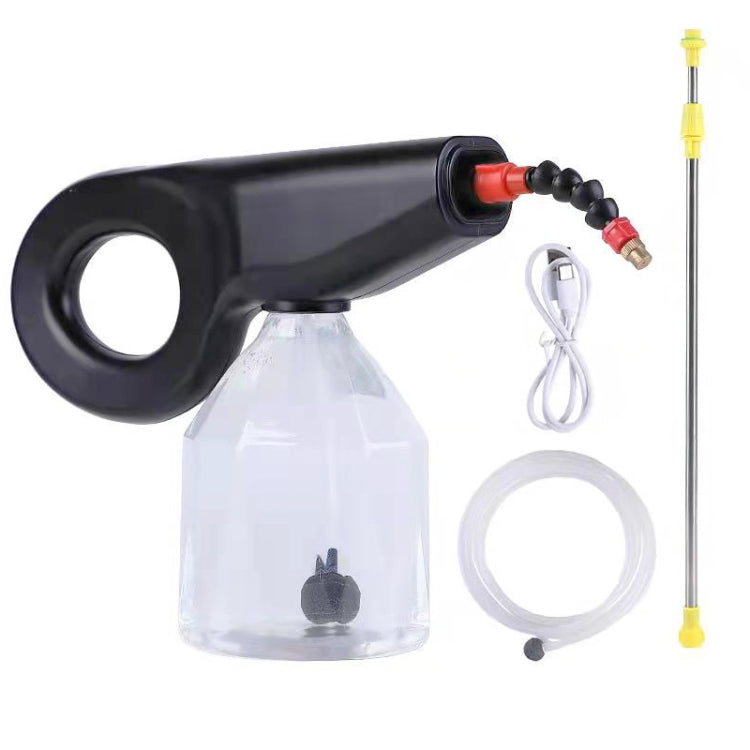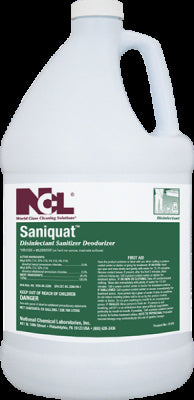HYDROGEL SCREEN PROTECTOR VS TEMPERED GLASS
COMPARING A HYDROGEL SCREEN PROTECTOR AGAINST TEMPERED GLASS
While both of these types of screen protectors are a pretty handy tool used to provide the maximum level of protection to the screen of your device, the materials that they are made from is where they differ.
If you’re unfamiliar with the concept, tempered glass screen protectors are thick, cheap, clear, and offer a high level of protection from surface scratches. However, the level of protection and its overall performance does often depend on what type of glass the screen protector is made from, and consumers aren’t often able to tell the quality of them on face value.
High quality glass screen protectors often use a material known as “gorilla glass”, which is harder than the metal used in keys, coins, and other household metal items. However, even the toughest quality glass screen protectors can still shatter into a thousand pieces once you drop it just the wrong way, or chip around the outside parameters. As it’s thicker, tempered glass can also negatively affect the touchability and responsiveness of your screen.
In comparison, a hydrogel screen protector is usually made from TPU or thermoplastic polyurethane, which is why these types of screen protectors appear to be so elastic and offer a clearer view than tempered glass. In a nutshell, users can expect automatic smudge-resistant technology while barely noticing the presence of a hydrogel screen protector at all.
As smartphones continued to evolve, tempered glass was limited with how its production could adapt to the changing faces of iPhones and other products on the global marketplace. In comparison, the world’s key hydrogel screen protector producers were already quite literally ahead of the curve.
Unlike any other screen protector, their flexibility offers equal security to the curves of more modern smartphones as much as it does to the display of the phone. As a result, a hydrogel screen protector tends to have a longer lifespan when compared to traditional glass options, especially considering the fact that they are able to be produced in over three thousands different custom cuts to fit a wide range of smartphones, tablets and even smart watches.
In addition, the TPU used in the production of a hydrogel screen protector also means that this material helps the screen protector to develop a new world form of aqua shield technology. They can readily dissolve any smudges, fingerprints, or minor scratches, and also helps reduce the signs of any major scratches.
While a hydrogel screen protector is often the more expensive choice when compared to the tempered glass alternatives, the quality that goes into their production can ultimately make them a better investment for users with newer phones, and for people that don’t want to constantly have to replace their screen protector of choice.
Tempered Glass
Pros
- Instead of soft materials, they are made using solid TPU ones. They are generally 0.3-0.5mm in thickness. As a result, tempered glass accomplishes much higher protection than hydrogel.
- Tempered glass is much cheaper than hydrogel. For the price of one hydrogel screen protector, you can buy 3 tempered glass ones.
- Tempered glass comes in different types. Even if your phone were to fall, some tempered glass screen protectors assure you that the screen will not budge. When the glass breaks, it shatters into small fragments, protecting the device’s original screen from any potential damage.
- It offers a good enough sensitivity to the touch. Low-quality protectors might have issues.
Cons
- It is not as smooth as Hydrogel since the main material is very durable.
- Their design is often bulkier, making their presence on the phone rather visible. When it comes to appearance, tempered glass is inferior to the hydrogel.
- The latest trend in the market is phones with edges. Tempered glass protectors are not any good when it comes to those types of displays.
Hydrogel
Pros
- Because of their elasticity and usage of softer TPU materials, Hydrogel Screen Protectors provide a seamless experience to every user.
- The material’s slimness preserves the material’s sensibility to the touch. That’s one feature that tempered glasses don’t have.
- Hydrogel screen protectors have a very narrow width. In most cases, the 0.02mm restriction is not exceeded. Because there is little difference between the screen and the screen protector, this is an advantage in the display and provides a perfectly clear image to the user.
- Except for being simple to install, hydrogel also keeps all bubbles “at bay”. Even when the bubbles develop, all it takes is one wipe with a clean cloth to remove them.
- Hydrogel is nearly imperceptible due to its thin construction and that makes it perfect if you care about the appearance of your phone.
- Oil stains, blotches, scratches, and fingerprints are all prevented by the Aqua Shield technology.
- It provides the same level of protection to the device’s edges as it does to the front screen. As a result, it’s ideal for smartphones with curved displays.
Cons
- Hydrogel screen protectors are very expensive when it comes to pricing. This is one of its big disadvantages and what discourages a lot of people from buying them.
- The hydrogel cannot provide enough protection due to its thin structure. Consequently, the screen protector won’t help much if your phone falls or gets smashed.
Conclusion
To conclude, screen protectors are made to do what their name implies: protect our very expensive phones.
In terms of features and overall quality, hydrogel is the clear winner, but when it comes to actual protection, there is only one choice and that’s tempered glass.
In my opinion, it’s up to your personal preference and budget (let’s not forget how pricey hydrogel is) to choose which of the two screen protectors suits you most.










